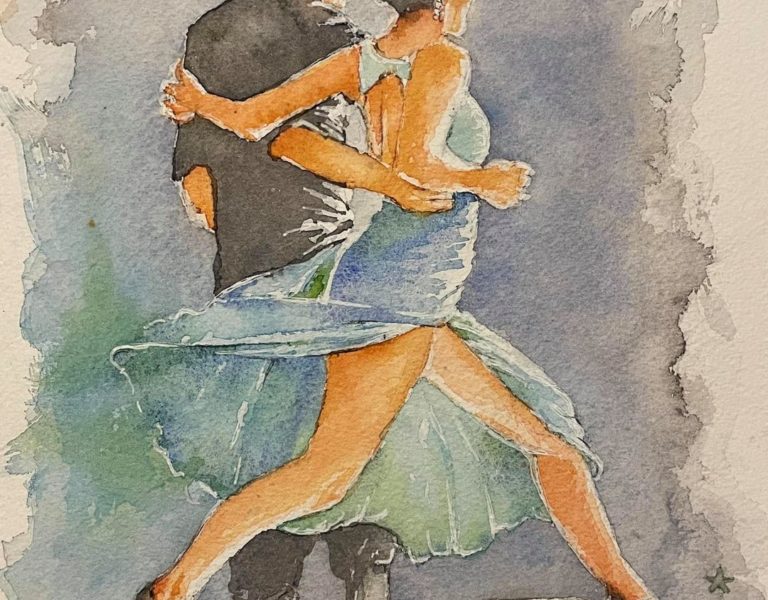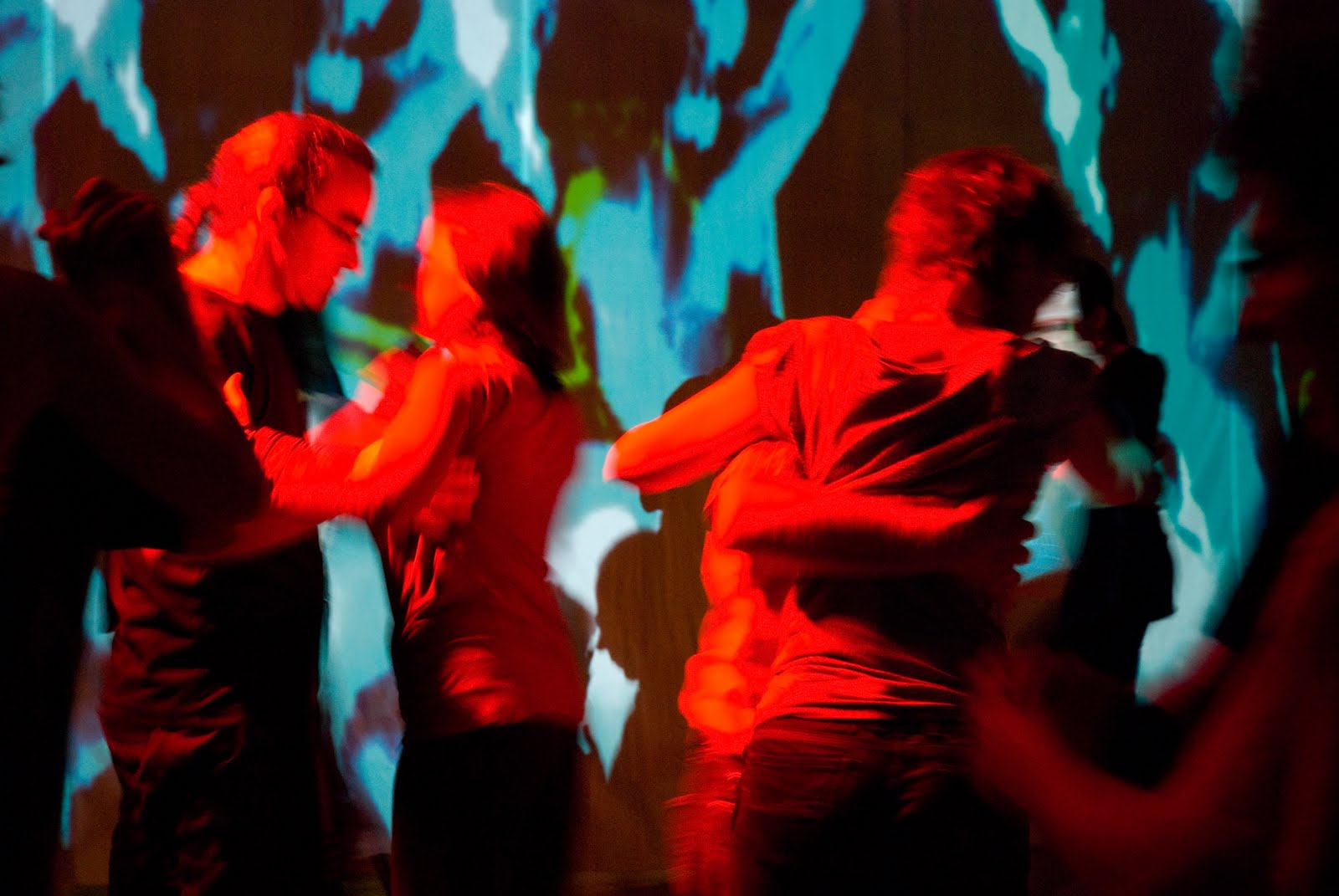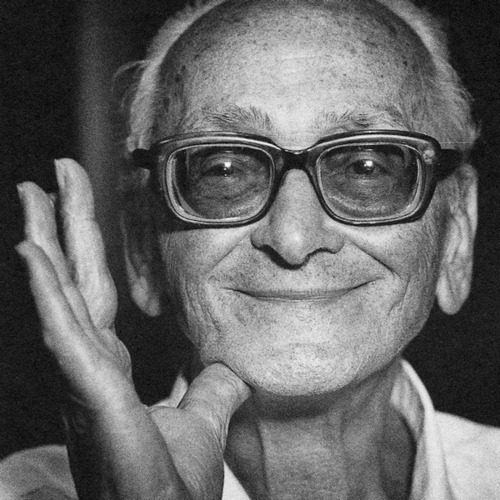What is neotango? And if so how many? A polemic to the relation of neotango and Retro Tango »In the matter of tango it is always very precarius to express an opinion. The risk to claim something fallacious about the tango or to offend living or dead historical persons of the genre is immense. It´s no valid question whether Carlos Gardel is an Argentinian or Uruguayan by birth - in fact it seems natural to assume that by Gotan Project the fourth tango revolution has taken place.« Philippe Cohen Solal, Gotan Project The guess that Diego Siegelwachs supposed in his article of 2007 »GOTAN PROJECT and the fourth tango revolution« unmistakable has been proved to be true.(cf. http://www.alolatino.de) »La Revancha del Tango« of Gotan Project in 2001 marks not necessarily historically, but stylistically the birth of the neotango, to a trendy, danceable style mix of the tango with electronic beats and sounds. The neotango has lined up to burst open the congealed musical, dance-like,
social and communicative conventions of the tango of the 80th and 90th. Comparable to the formation of the jazz it melts the tango with impulses of the broad range of the contemporary youth culture, revitalises itself and regains its basic liveliness, power of innovation and improvisation.In this process it meets with disapproval by the exponents of the soi-disant »Tango Argentino « which refers his identity to the classicistic zenith of the Tango Ríoplatense, to the Tango d`Oro of the 40th. As this hegemonic, retrogressive claim demands exclusively all the form vocabulary of the tango - from dance through fashion to music - this position can be labeled as Retro Tango. »The concept denotes a cultural phenomenon which produces pieces of art or cultural achievements in general neither based on contemporary style codes nor as their creative advancements or as original new creations, but by recourse to concepts or styles of past periods.«(cf. http://de.wikipedia.org) The Retro Tango assimilated to a curious position…



